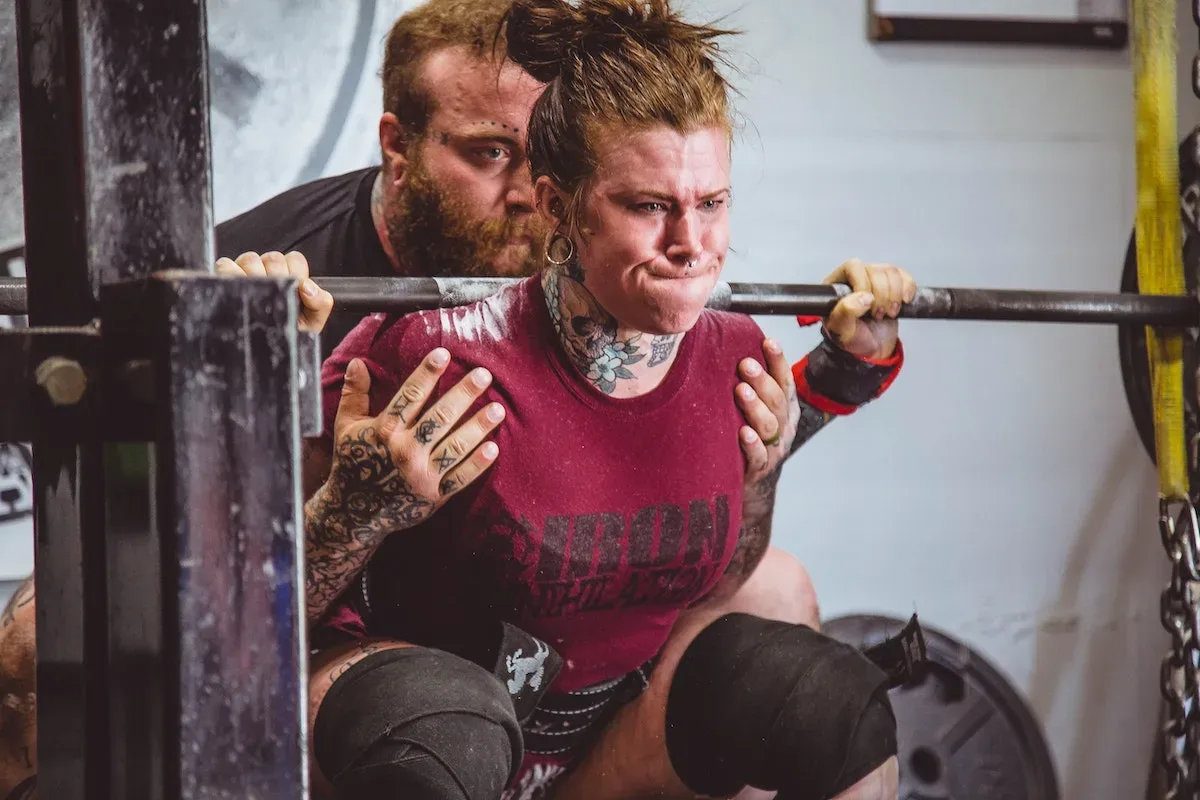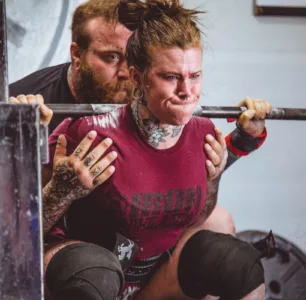Muscle endurance is a measure of a muscle’s ability to sustain repeated contractions or resist fatigue over an extended period of time. It is an important aspect of overall physical fitness and can impact athletic performance, daily activities, and overall health.
There are several factors that can affect muscle endurance, including muscle fibre type, nutrition, hydration, and age. Slow-twitch muscle fibres, also known as type I fibres, have a higher endurance capacity compared to fast-twitch fibres, also known as type II fibres. However, both types of fibres can be trained to improve endurance with proper exercise and training.
Nutrition is also a crucial component of muscle endurance. Consuming a balanced diet that includes sufficient carbohydrates, proteins, and fats can provide the energy and nutrients needed for prolonged muscle activity. Additionally, staying hydrated is crucial for maintaining muscle endurance as dehydration can lead to muscle fatigue and reduced performance.
There are various exercises and training techniques that can be used to improve muscle endurance. These can include cardiovascular exercises, resistance training, and interval training. Cardiovascular exercises, such as running, cycling, and swimming, can improve endurance by strengthening the heart and lungs, allowing for more oxygen to be delivered to the muscles.
Resistance training, such as weightlifting, can help build and strengthen muscles, leading to improved endurance. Interval training, which involves alternating periods of high-intensity exercise with periods of rest, can also help improve endurance by challenging the muscles and pushing them to their limits.

In addition to exercise and training, other strategies to improve muscle endurance include adequate rest and recovery, stretching, and proper warm-up and cool-down routines. Getting enough sleep and allowing for proper recovery between workouts can help reduce muscle fatigue and improve endurance. Stretching can help increase flexibility and prevent injury, while warming up and cooling down can help prepare the muscles for exercise and reduce the risk of injury.
In conclusion, muscle endurance is a critical component of physical fitness and can be improved through proper exercise and training, nutrition, hydration, and rest. Incorporating these strategies into a daily routine can lead to improved athletic performance, daily activities, and overall health and well-being.
Is muscle endurance important for rugby players
Yes, muscle endurance is very important for rugby players. Rugby is a physically demanding sport that requires players to perform repeated high-intensity actions, such as tackling, running, and jumping, over an extended period of time. As a result, having strong and enduring muscles can greatly improve a rugby player’s performance on the field.
In rugby, players must be able to maintain high levels of physical exertion throughout the game, which can last up to 80 minutes. This requires not only strong muscles, but also the ability of those muscles to resist fatigue and sustain repeated contractions. Players who have good muscle endurance will be able to perform at a higher level for a longer period of time, giving them an advantage over their opponents.

In addition, rugby players are also at risk of sustaining muscle injuries, such as strains and sprains. Good muscle endurance can help reduce the risk of injury by allowing the muscles to withstand the demands of the sport and recover more quickly from any damage.
In conclusion, muscle endurance is a crucial aspect of fitness for rugby players and can have a significant impact on their performance and overall health. Incorporating exercises and training techniques designed to improve muscle endurance into their workout routines can help rugby players perform at their best on the field.
What are the best exercises to improve muscle endurance
There are several exercises that can help improve muscle endurance, including:
- Aerobic exercise: Aerobic exercises, such as running, cycling, and swimming, can improve endurance by strengthening the heart and lungs, allowing for more oxygen to be delivered to the muscles.
- Resistance training: Resistance training, such as weightlifting, can help build and strengthen muscles, leading to improved endurance. It is important to use a challenging weight that allows for 8-12 repetitions per set.

- Interval training: Interval training involves alternating periods of high-intensity exercise with periods of rest, which can help improve endurance by challenging the muscles and pushing them to their limits.
- Bodyweight exercises: Bodyweight exercises, such as push-ups, squats, and lunges, can be used to improve muscle endurance by targeting multiple muscle groups at once.
- Plyometrics: Plyometric exercises, such as jump squats and box jumps, can improve muscle endurance by incorporating explosive movements that challenge the muscles and increase power.
It is important to include a variety of exercises in your workout routine and to gradually increase the intensity and duration of your workouts to avoid injury and promote gradual improvement in muscle endurance. It is also important to get adequate rest and recovery, stretch, and properly warm up and cool down before and after each workout.

